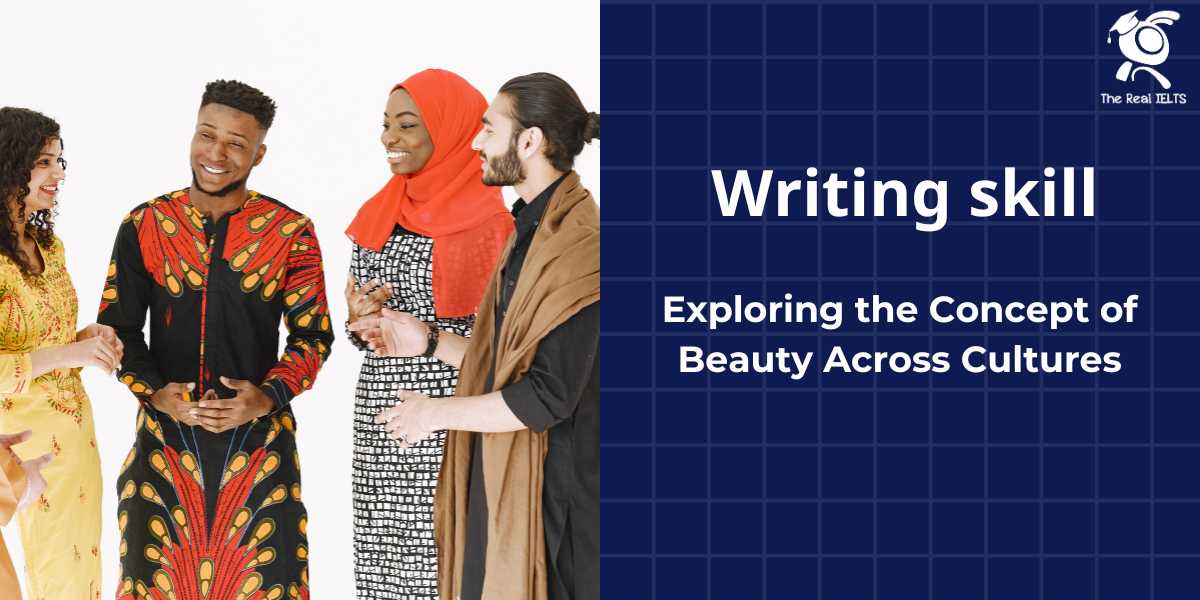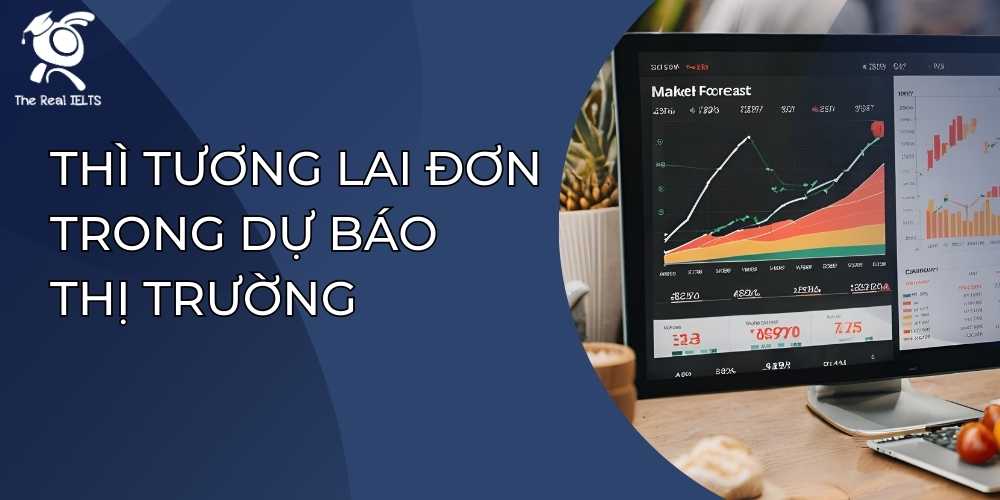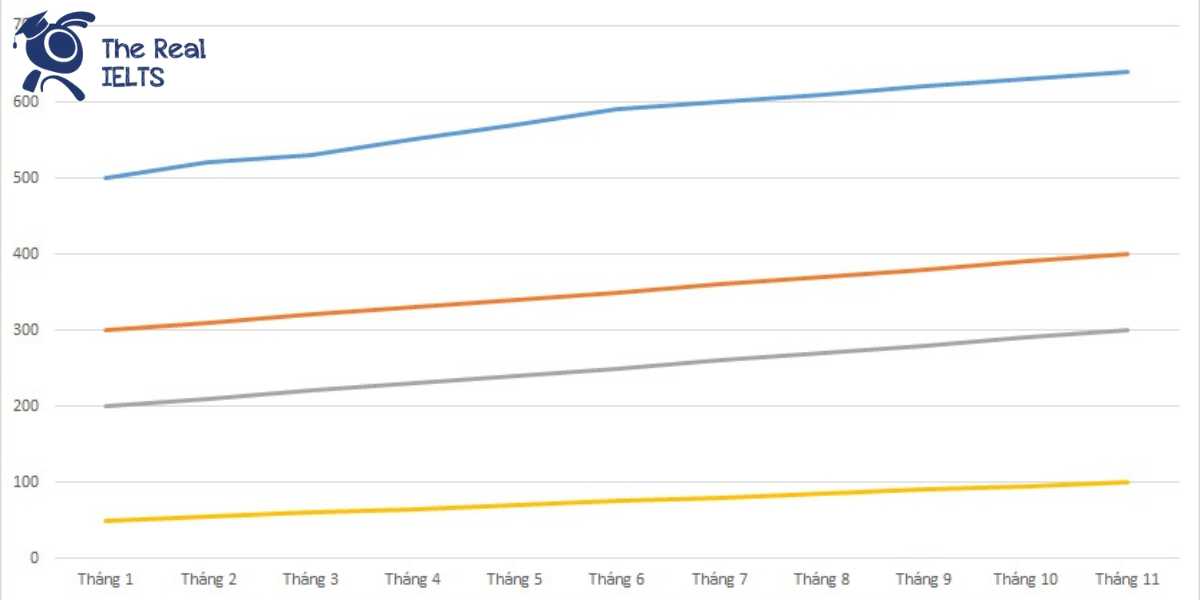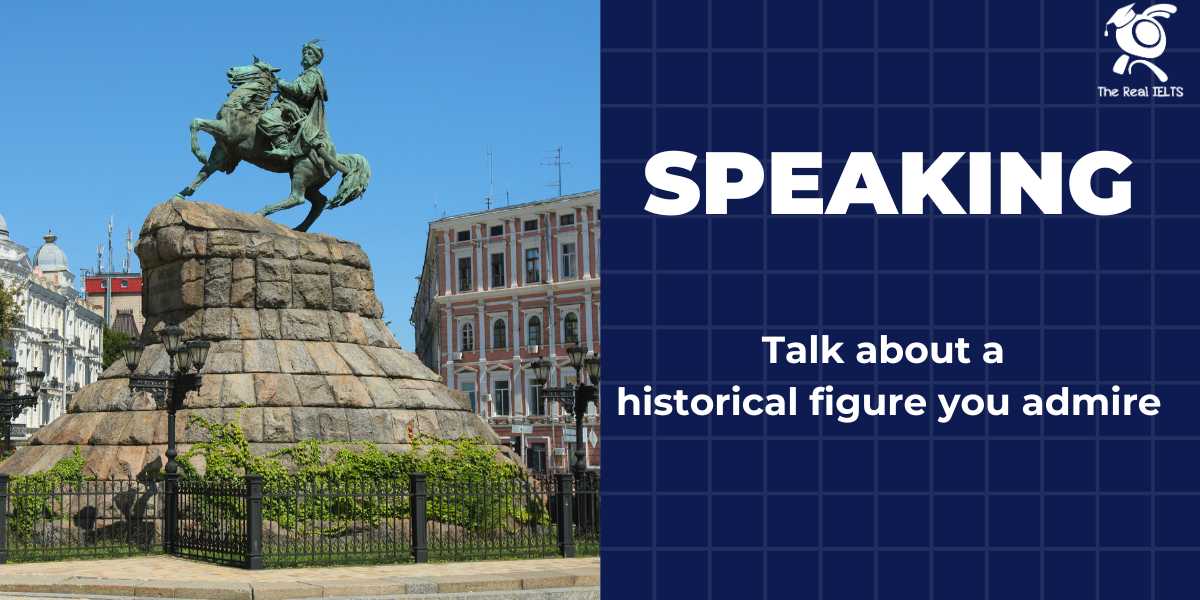Bài Writing này đề cập tới việc khái niệm vẻ đẹp qua các nền văn hóa. Vậy chúng ta sẽ triển khai dàn ý bài viết này như sau.
Writing Outline: Exploring the Concept of Beauty Across Cultures
I. Introduction
- Hook: A compelling statement or quote about beauty.
- Background Information: Briefly introduce the concept of beauty and its significance in human societies.
- Thesis Statement: Outline the main points of the essay, highlighting the exploration of different cultural perspectives on beauty.
II. Historical Perspectives on Beauty
- Ancient Civilizations: Discuss how ancient civilizations like Egypt, Greece, and China viewed beauty.
- Renaissance to Modern Times: Describe the evolution of beauty standards in Western culture from the Renaissance to the present.
III. Beauty Standards in Different Cultures
- Western Culture: Explain the contemporary Western standards of beauty, emphasizing physical attributes like symmetry and fitness.
- Eastern Cultures: Explore beauty ideals in Asian countries, such as fair skin in Japan and Korea, or the significance of inner beauty in India.
- African Cultures: Highlight beauty practices and ideals in various African cultures, like body modifications and hairstyles.
- Indigenous Cultures: Discuss the beauty standards among indigenous peoples, focusing on traditional attire, body art, and natural elements.
IV. Factors Influencing Beauty Standards
- Media and Popular Culture: Analyze the role of media, advertising, and celebrities in shaping beauty standards globally.
- Socioeconomic Factors: Examine how economic status and social class impact perceptions of beauty.
- Cultural Traditions and Rituals: Look into how cultural heritage and rituals influence beauty norms in different societies.
V. The Impact of Globalization on Beauty Standards
- Homogenization of Beauty: Discuss the spread of Western beauty standards through globalization and its effects on local cultures.
- Cultural Exchange and Hybrid Beauty: Explore how the mixing of cultures leads to new, hybrid standards of beauty.
VI. The Psychological and Social Implications of Beauty Standards
- Self-Esteem and Body Image: Investigate the psychological effects of beauty standards on individuals’ self-esteem and body image.
- Social Acceptance and Discrimination: Discuss how adherence to or deviation from beauty norms can lead to social acceptance or discrimination.
VII. Challenging and Redefining Beauty Standards
- Body Positivity Movement: Explain the rise of the body positivity movement and its impact on traditional beauty norms.
- Inclusivity and Diversity: Highlight efforts to promote inclusivity and diversity in representations of beauty.
VIII. Conclusion
- Restate Thesis: Summarize the key points discussed in the essay.
- Reflection: Reflect on the importance of understanding and respecting diverse beauty standards.
- Closing Statement: End with a thought-provoking statement or call to action about embracing beauty in all its forms.
This outline provides a structured approach to exploring the concept of beauty across cultures, covering historical perspectives, cultural differences, influencing factors, and the effects of globalization and modern movements.
Từ vựng và cụm từ vựng cần sử dụng
Sure, here is the list of vocabulary and phrases from the essay, along with their translations:
- Beauty – Vẻ đẹp
- Eye of the beholder – Con mắt của người nhìn
- Cultures – Các nền văn hóa
- Historical periods – Các giai đoạn lịch sử
- Standards – Tiêu chuẩn
- Perceptions – Nhận thức
- Civilizations – Nền văn minh
- Symmetry – Sự đối xứng
- Harmony – Sự hài hòa
- Physical perfection – Sự hoàn hảo về thể chất
- Proportion – Tỷ lệ
- Aesthetics – Thẩm mỹ
- Elegance – Sự thanh lịch
- Refinement – Sự tinh tế
- Naturalism – Tự nhiên
- Individualism – Chủ nghĩa cá nhân
- Attributes – Đặc điểm
- Fitness – Sự cân đối
- Youthfulness – Sự trẻ trung
- Hollywood – Hollywood (Ngành công nghiệp điện ảnh Mỹ)
- Fashion industries – Các ngành công nghiệp thời trang
- Slender bodies – Thân hình mảnh mai
- Inner beauty – Vẻ đẹp bên trong
- Spiritual health – Sức khỏe tinh thần
- Holistic approach – Cách tiếp cận toàn diện
- Moral qualities – Phẩm chất đạo đức
- Diversity – Sự đa dạng
- Celebrating features – Tôn vinh các đặc điểm
- Body modifications – Sự thay đổi cơ thể
- Scarification – Sự xăm trổ
- Piercings – Xỏ khuyên
- Cultural identity – Bản sắc văn hóa
- Traditional attire – Trang phục truyền thống
- Natural elements – Các yếu tố tự nhiên
- Adornments – Đồ trang trí
- Cultural significance – Ý nghĩa văn hóa
- Media – Phương tiện truyền thông
- Popular culture – Văn hóa đại chúng
- Advertisements – Quảng cáo
- Self-esteem – Lòng tự trọng
- Socioeconomic factors – Các yếu tố kinh tế xã hội
- Wealth – Sự giàu có
- Cultural traditions – Truyền thống văn hóa
- Rituals – Các nghi lễ
- Coming-of-age ceremonies – Các nghi lễ trưởng thành
- Marriage customs – Phong tục hôn nhân
- Religious practices – Các hoạt động tôn giáo
- Globalization – Toàn cầu hóa
- Homogenization – Sự đồng nhất hóa
- Local beauty norms – Các chuẩn mực vẻ đẹp địa phương
- Cultural exchange – Sự trao đổi văn hóa
- Hybrid beauty standards – Các tiêu chuẩn vẻ đẹp lai
- Multiculturalism – Chủ nghĩa đa văn hóa
- Psychological effects – Các ảnh hưởng tâm lý
- Body image – Hình ảnh cơ thể
- Social acceptance – Sự chấp nhận xã hội
- Discrimination – Sự phân biệt đối xử
- Body positivity movement – Phong trào tích cực về cơ thể
- Traditional beauty norms – Các tiêu chuẩn vẻ đẹp truyền thống
- Inclusivity – Sự bao dung
- Diverse representations – Các đại diện đa dạng
- Inclusive – Bao hàm
- Appreciative view – Quan điểm đánh giá cao
- Human experience – Trải nghiệm của con người
Triển khai bài viết
Exploring the Concept of Beauty Across Cultures
I. Introduction
Beauty is often said to be in the eye of the beholder, yet what is considered beautiful can vary dramatically across different cultures and historical periods. This essay explores how various cultures define and perceive beauty, the factors that shape these standards, and the impact of globalization on these perceptions. By examining beauty standards in diverse societies, we can gain a deeper understanding of the multifaceted nature of beauty.
II. Historical Perspectives on Beauty
Ancient civilizations held distinct views on beauty that have influenced contemporary standards. In ancient Egypt, beauty was associated with symmetry and harmony, often depicted through art that emphasized these qualities. Greek culture valued physical perfection and proportion, as seen in their sculptures and writings. Meanwhile, ancient Chinese aesthetics focused on delicate features and pale skin, reflecting their ideals of elegance and refinement. As societies progressed into the Renaissance, Western beauty standards began to emphasize naturalism and individualism, evolving further in modern times to include diverse and changing attributes.
III. Beauty Standards in Different Cultures
In contemporary Western culture, beauty standards often emphasize physical fitness, facial symmetry, and youthfulness. The influence of Hollywood and fashion industries has perpetuated these ideals, promoting a specific body type and facial structure as the epitome of beauty.
In contrast, many Asian cultures, particularly in countries like Japan and Korea, value fair skin, slender bodies, and large eyes. These attributes are often associated with youthfulness and purity. In India, inner beauty and spiritual health are also significant, reflecting a holistic approach to beauty that integrates physical appearance with moral and spiritual qualities.
African cultures exhibit a rich diversity in beauty standards, often celebrating features such as darker skin tones, fuller body shapes, and unique hairstyles. In many African societies, body modifications like scarification and piercings are traditional practices that enhance beauty and signify cultural identity.
Indigenous cultures around the world maintain unique beauty standards that often emphasize natural elements and traditional attire. These cultures value adornments such as tattoos, beads, and feathers, which hold cultural significance.
IV. Factors Influencing Beauty Standards
Media and popular culture play a pivotal role in shaping beauty standards globally. Advertisements, films, and social media propagate images of ideal beauty that influence public perception and individual self-esteem.
Socioeconomic factors also impact beauty standards. In many cultures, higher economic status is associated with access to beauty products and services, reinforcing the link between wealth and beauty.
Cultural traditions and rituals deeply influence beauty norms. Rituals such as coming-of-age ceremonies, marriage customs, and religious practices often include specific beauty standards that individuals must adhere to, underscoring the cultural importance of beauty.
V. The Impact of Globalization on Beauty Standards
Globalization has led to the widespread dissemination of Western beauty standards, often resulting in a homogenization of beauty ideals. This trend can overshadow local beauty norms and create pressures to conform to a global standard.
However, globalization also facilitates cultural exchange, leading to the emergence of hybrid beauty standards that incorporate elements from various cultures. This blending can promote a more inclusive understanding of beauty, celebrating diversity and multiculturalism.
VI. The Psychological and Social Implications of Beauty Standards
Beauty standards significantly affect individuals’ self-esteem and body image. Adhering to or deviating from societal beauty norms can influence how individuals perceive themselves and how they are perceived by others.
Social acceptance and discrimination are often linked to beauty standards. Those who conform to prevailing beauty ideals may experience greater social acceptance, while those who do not may face discrimination or marginalization.
VII. Challenging and Redefining Beauty Standards
The body positivity movement has gained momentum, challenging traditional beauty norms and promoting acceptance of all body types. This movement advocates for a broader definition of beauty that includes diverse shapes, sizes, and appearances.
Efforts to promote inclusivity and diversity in beauty standards are also on the rise. Campaigns featuring models of various ethnicities, ages, and body types aim to redefine beauty and make it more inclusive.
VIII. Conclusion
In conclusion, the concept of beauty is complex and varies widely across cultures. Understanding and respecting these diverse standards can foster a more inclusive and appreciative view of beauty. As globalization continues to influence beauty perceptions, it is crucial to celebrate cultural diversity and challenge narrow definitions of beauty. Embracing beauty in all its forms allows for a richer and more inclusive human experience.
Cấu trúc câu và cấu trúc ngữ pháp được sử dụng trong bài
Complex Sentences:
- Although this movement advocates for a broader definition of beauty that includes diverse shapes, sizes, and appearances.
- By examining beauty standards in diverse societies, we can gain a deeper understanding of the multifaceted nature of beauty.
- As globalization continues to influence beauty perceptions, it is crucial to celebrate cultural diversity and challenge narrow definitions of beauty.
Compound Sentences:
- Ancient civilizations held distinct views on beauty, and these have influenced contemporary standards.
- Globalization has led to the widespread dissemination of Western beauty standards, and this often results in a homogenization of beauty ideals.
- This movement advocates for a broader definition of beauty, and efforts to promote inclusivity and diversity in beauty standards are on the rise.
Passive Voice:
- Beauty is often said to be in the eye of the beholder.
- Ancient civilizations were held distinct views on beauty.
- Beauty standards are often emphasized in physical fitness, facial symmetry, and youthfulness.
Present Perfect:
- The body positivity movement has gained momentum.
- Globalization has led to the widespread dissemination of Western beauty standards.
Present Continuous:
- This movement is advocating for a broader definition of beauty.
- Efforts to promote inclusivity and diversity in beauty standards are also on the rise.
Comparative and Superlative Structures:
- This blending can promote a more inclusive understanding of beauty.
- Higher economic status is associated with access to beauty products.
Relative Clauses:
- Those who conform to prevailing beauty ideals may experience greater social acceptance.
- Efforts to promote inclusivity and diversity in beauty standards are also on the rise.
Subjunctive Mood:
- It is crucial that we celebrate cultural diversity and challenge narrow definitions of beauty.
- Understanding and respecting these diverse standards can foster a more inclusive and appreciative view of beauty.
Gerunds and Infinitives:
- Understanding and respecting these diverse standards can foster a more inclusive and appreciative view of beauty.
- Challenging traditional beauty norms and promoting acceptance of all body types.
Modal Verbs:
- This blending can promote a more inclusive understanding of beauty.
- Understanding and respecting these diverse standards can foster a more inclusive and appreciative view of beauty.
- Individuals must adhere to specific beauty standards.
Cause and Effect Structures:
- Higher economic status is associated with access to beauty products and services, reinforcing the link between wealth and beauty.
- Globalization has led to the widespread dissemination of Western beauty standards, often resulting in a homogenization of beauty ideals.
Conditional Sentences:
- If societies progress into the Renaissance, Western beauty standards begin to emphasize naturalism and individualism.
Học lại bài cũ: Writing skill part 18: Promoting Health and Wellness: Strategies for Self-Care.















